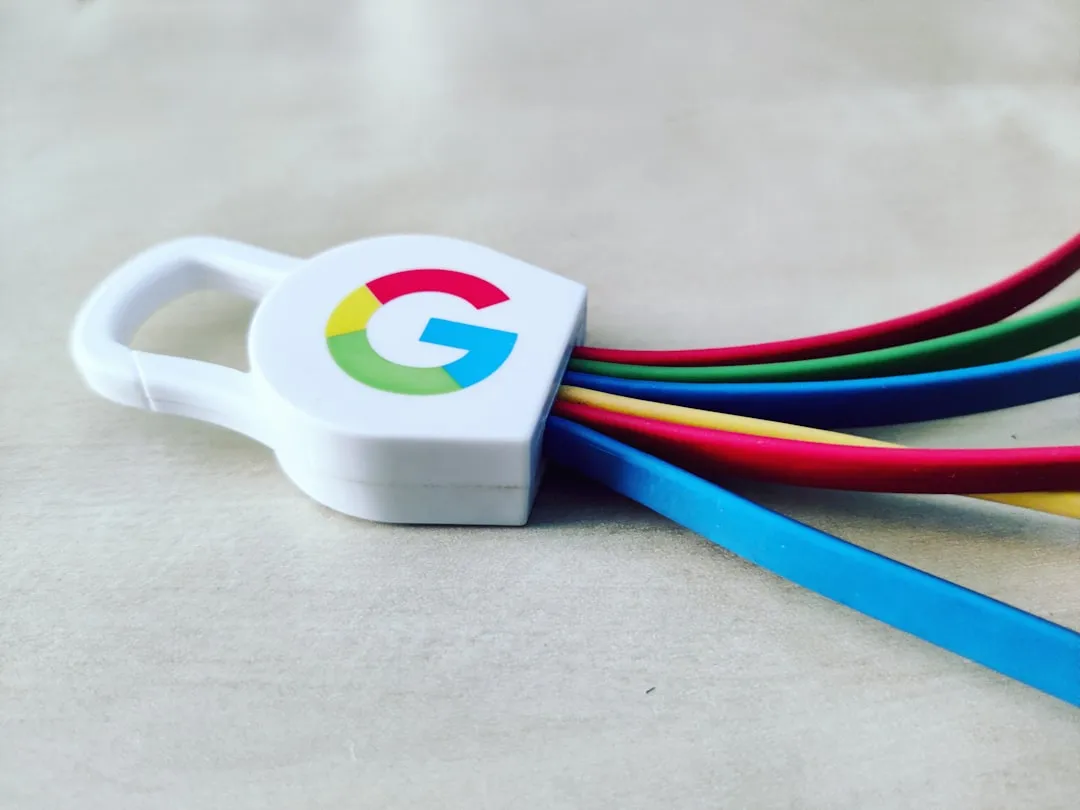The Android security world just got a wake-up call, and it's not pretty. A sneaky malware strain called Konfety has been making headlines—not for what it does, but for how brilliantly it hides what it does. Here's the kicker: this isn't just another banking trojan or adware nuisance. Konfety represents a new breed of Android malware that's fundamentally rewriting the rules of detection evasion through sophisticated technical manipulation and systematic exploitation of security tool vulnerabilities.
Let's break down what makes this threat so damn clever—and why your phone might be more vulnerable than you think.
HUMAN discovered that the Konfety group operates out of Russia and poses as an ad network company behind CaramelAds SDK. At its peak, this operation was generating 10 billion daily fraudulent requests, making it one of the most prolific ad fraud schemes ever documented. What sets Konfety apart from traditional malware is its systematic approach to legitimacy—the group built and uploaded more than 250 Android apps on Google Play Store as legitimate fronts, creating an entire ecosystem of fake credibility that enables their sophisticated evasion techniques.
The "Evil Twin" scheme that's fooling everyone
So how does Konfety work its magic? The answer lies in what security researchers call the "evil twin" method—and it's diabolically simple yet technically sophisticated.
The setup works like this: Threat actors create legitimate-looking apps and get them approved on Google Play Store. These "decoy twin" apps actually work as advertised and pass all security checks. Meanwhile, they distribute malicious "evil twin" versions of the same apps through malvertising, click-baiting, or drive-by downloads outside the official store.
Both versions use the same package name and app ID, but here's the genius part: the evil twins spoof legitimate advertising publisher IDs to trick ad networks into thinking fraudulent traffic is coming from the clean Play Store versions. Satori researchers identified more than 250 apps on Google Play with the abused CaramelAds SDK, each with a corresponding evil twin—creating a massive parallel infrastructure of legitimacy and fraud.
The scale of this operation is staggering. The malicious versions hijack your screen to display full-screen, out-of-context ads every few minutes while you're using other apps, but the technical sophistication goes far beyond simple ad injection. The CaramelAds SDK infrastructure operates the same servers for both decoy and evil twin apps, allowing threat actors to easily scale their operations while maintaining the illusion of legitimate ad network activity.
Why your security tools keep missing it
Now here's where Konfety gets really nasty. The latest variants don't just rely on social engineering—they're using sophisticated technical tricks that systematically break your analysis tools through methodical exploitation of underlying file format vulnerabilities.
The core technique involves malformed APK files that crash most security analysis tools while still installing perfectly on Android devices. Zimperium researchers found over 3,000 Android malware samples using unsupported compression methods, with 71 malicious samples that Android can still load properly despite the malformed structure.
Here's the technical breakdown of how this ZIP-level manipulation works: Konfety tampers with the APK's ZIP structure by using unsupported compression methods like BZIP and enabling fake encryption flags in the general purpose headers. This creates a multi-layered evasion strategy—analysis tools like APKTool and JADX interpret these malformed headers as corrupted files and crash entirely, while Android quietly falls back to treating files as simply stored when it encounters unsupported compression methods.
The brilliance lies in exploiting the difference between security tools and Android's runtime behavior. Security analysis tools follow strict ZIP format specifications and crash when encountering malformed headers, but Android's fault-tolerant design prioritizes functionality over format compliance. This creates a perfect blind spot where malware can hide in plain sight.
But the technical sophistication doesn't stop there. The malware also employs dynamic code loading, where critical functionality is hidden in encrypted assets and only decrypted at runtime. This means standard APK analysis completely misses the malicious behavior, as the most dangerous code never appears in the initial file structure that security tools examine.
The vulnerability that Google can't seem to fix
Let's talk about the elephant in the room: Google Play Protect. You know, that security feature that's supposed to scan 125 billion apps every day and keep malware off your device?
Well, spoiler alert: it's not working as advertised—and Konfety exposes exactly why traditional signature-based detection is fundamentally flawed. Research shows that average antivirus apps detect malware more accurately and faster than Play Protect's combined on-device and cloud-based scans. Even worse, over 200 malicious apps on Google Play were downloaded millions of times between June 2023 and April 2024—with a cumulative total of nearly 8 million downloads.
Here's what's particularly troubling about Konfety's approach: the decoy apps on Google Play aren't technically malicious themselves. They pass all automated security checks because they actually work as advertised. Google Play Protect compares app hashes to known malware signatures, but these legitimate fronts have clean signatures by design.
The real threat comes from the evil twin versions distributed outside the store, which systematically exploit the trust established by their Play Store counterparts. Konfety's specific techniques target Play Protect's hash-based detection approach—since the malicious versions use the same package names and publisher IDs as legitimate apps, they can masquerade as trusted applications while conducting fraud. This creates a fundamental problem: the current detection paradigm can't distinguish between legitimate apps and malicious twins that share identical identifying characteristics.
What happens when sophisticated evasion meets adaptive criminals
The truly scary part about Konfety isn't just its current capabilities—it's how the operation demonstrates a new paradigm of adaptive, infrastructure-based malware campaigns that evolve faster than detection methods can keep up.
The latest evolution includes multiple sophisticated layers working in concert:
- Geofencing capabilities that adjust behavior based on the victim's location, making regional analysis difficult
- Anti-emulation detection that prevents analysis in virtual environments used by security researchers
- Dynamic payload fetching through the CaramelAds SDK infrastructure that can deliver new malicious code on demand
- Icon hiding to prevent easy uninstallation once installed, using restricted Android techniques to disappear from launchers
Security researchers note that the threat actors behind Konfety are highly adaptable, consistently altering their targeted ad networks and updating methods to evade detection. The campaign peaked at 10 billion daily requests before security researchers disrupted it, but the actors quickly pivoted to new ad platforms and updated their technical methods.
This represents an ongoing arms race where traditional security measures are always one step behind. The combination of legitimate app store presence, sophisticated technical evasion, and rapid adaptation creates a threat model that challenges fundamental assumptions about mobile security. The scheme affected multiple entities across the advertising ecosystem, including legitimate ad networks, and could unknowingly impact developers using the CaramelAds SDK—demonstrating how modern malware operations can weaponize entire legitimate ecosystems.
Time to rethink mobile security (before it's too late)
Here's what this all means for you: the traditional "download from Google Play and you're safe" advice is officially obsolete, and we need a fundamental shift in how we approach mobile security threats.
Konfety proves that sophisticated threat actors can systematically game existing security systems by using legitimate app store presence as cover for malicious activities conducted elsewhere. The implications extend far beyond ad fraud—this represents a new class of security threats that exploit the intersection of legitimate infrastructure, technical evasion, and adaptive criminal operations.
Researchers found that malware countermeasures often create a tradeoff between security and user experience, and mobile developers are reluctant to implement solutions that degrade usability. This creates persistent vulnerabilities that adaptive malware like Konfety can systematically exploit through technical sophistication rather than simple social engineering.
The broader trend is clear: multiple malware families have been bypassing Play Protect checks in recent years, suggesting that signature-based detection is becoming obsolete against technically sophisticated threats. The combination of ZIP-level manipulation, dynamic code loading, and infrastructure-based evasion creates attack vectors that traditional security tools simply can't address.
Your best defense requires a new mindset: stay skeptical of app permissions regardless of source, understand that legitimate-looking apps can have malicious twins, and recognize that mobile security now requires the same level of vigilance we apply to desktop computing. The Android security landscape just got exponentially more complicated, and the old rules no longer apply in a world where criminals can weaponize legitimate app stores and break security tools through technical manipulation.
The arms race between malware authors and security tools has entered a new phase—one where the criminals are winning through systematic exploitation of fundamental security assumptions. It's time we all started paying attention to this new reality.























Comments
Be the first, drop a comment!